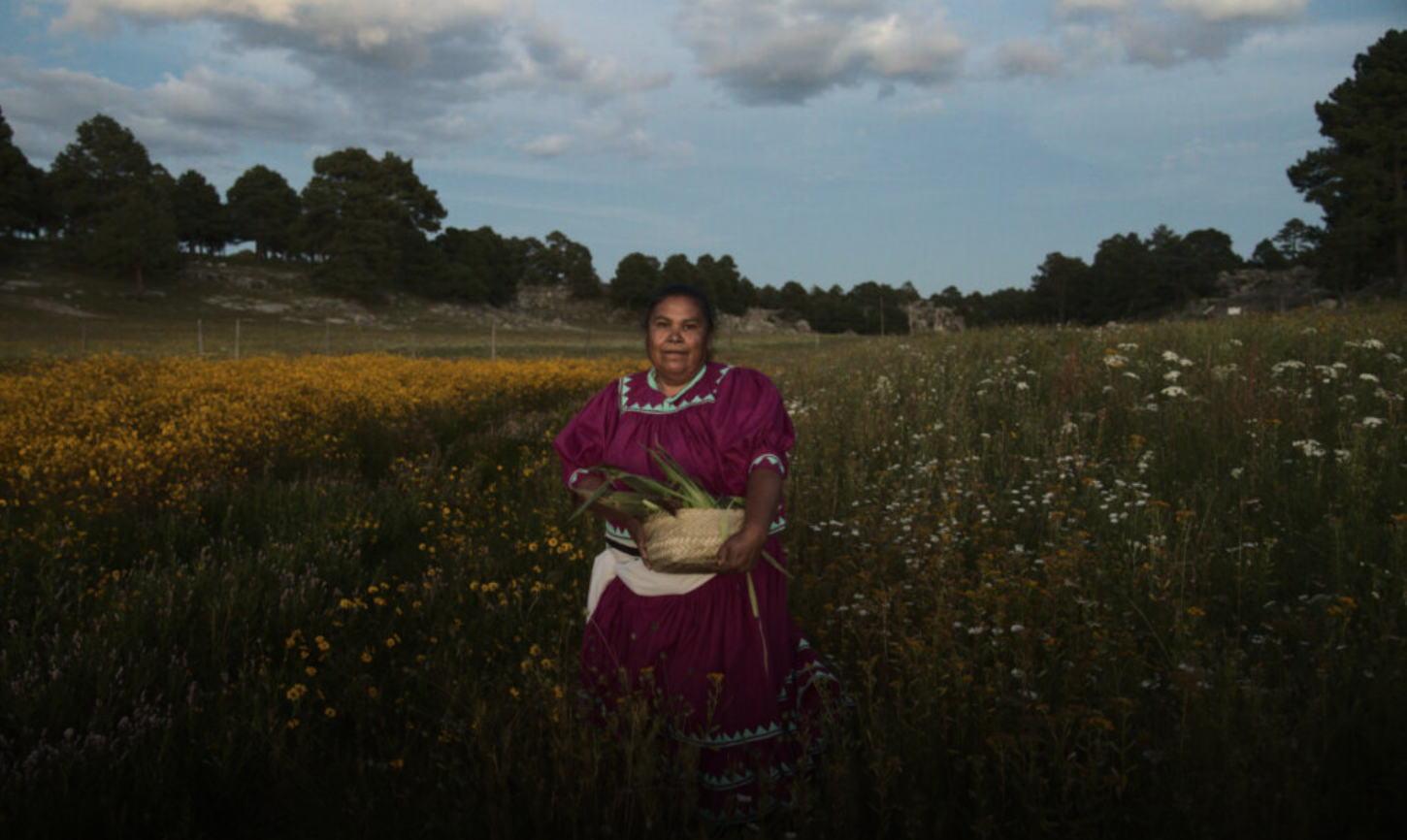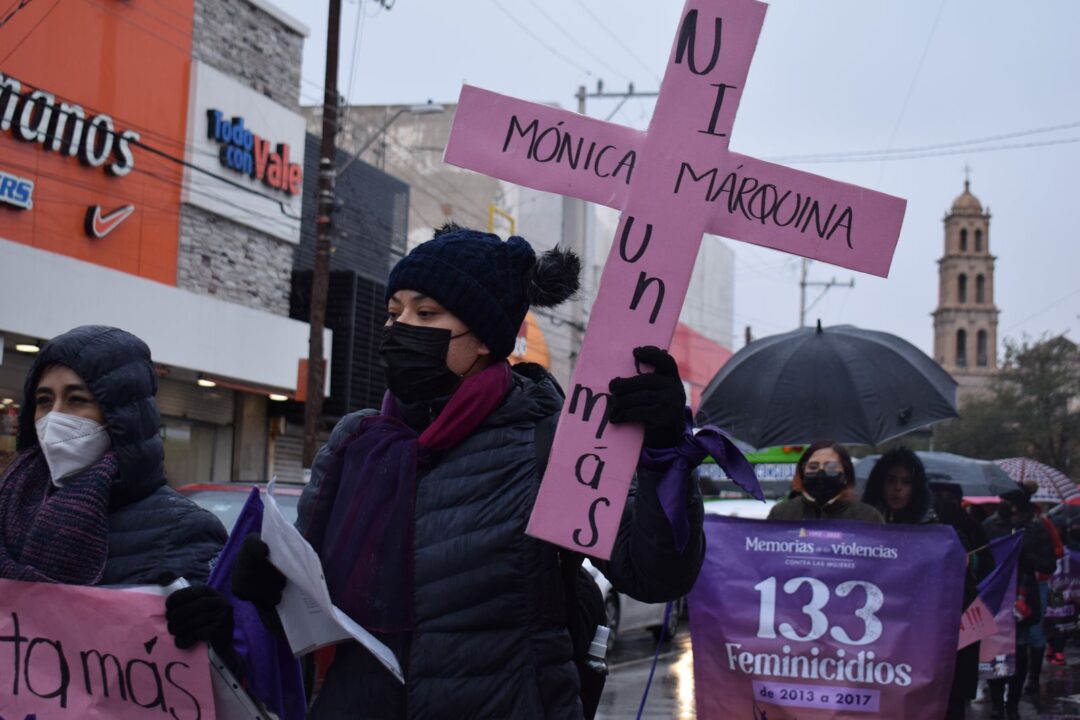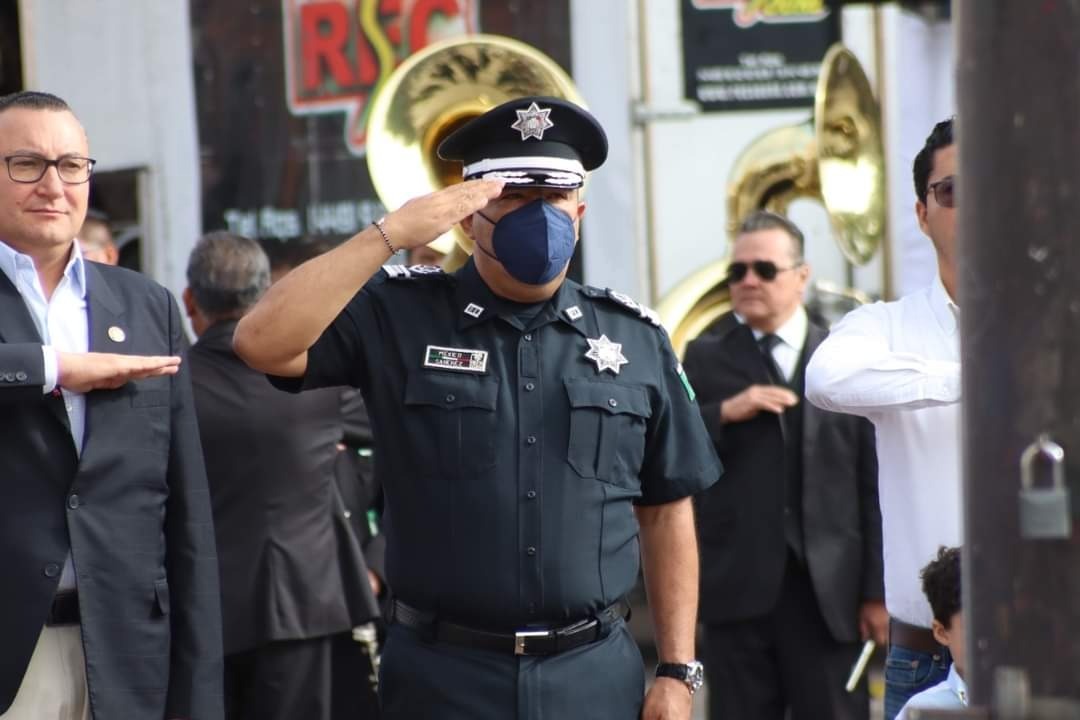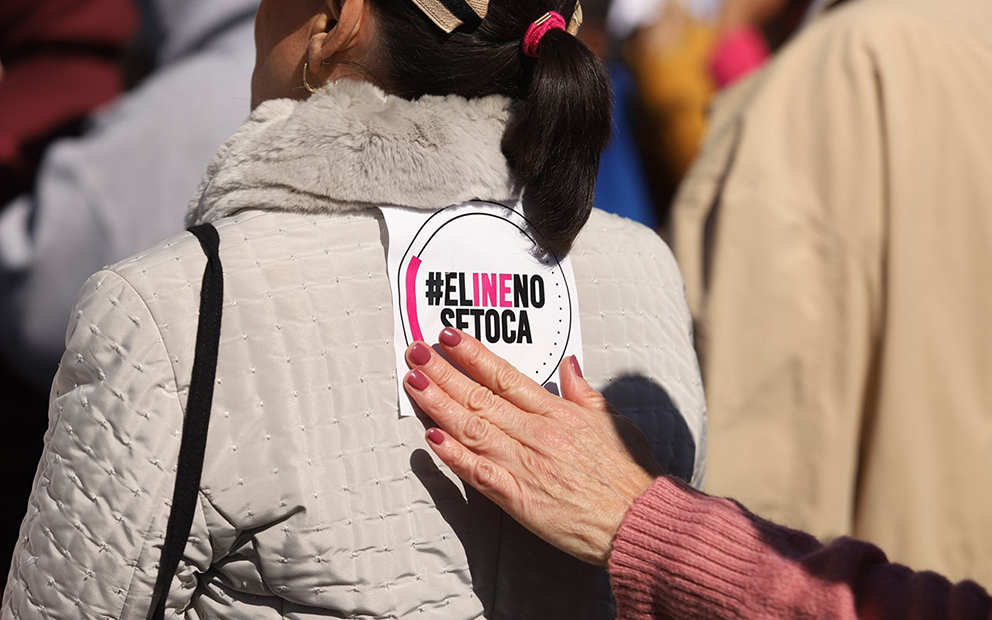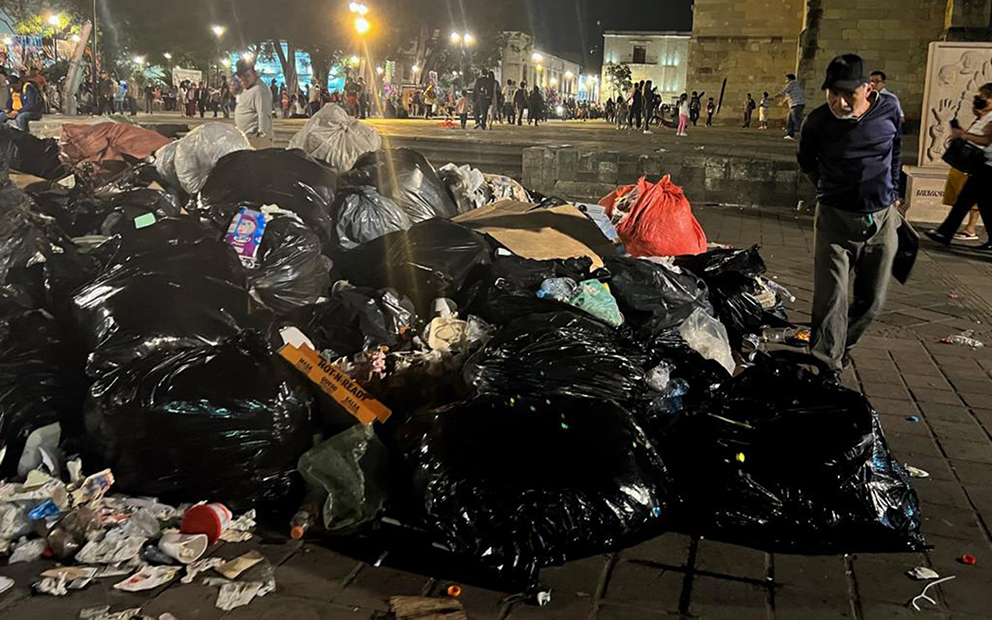Raramuri cooks met in Creel, Chihuahua, to prepare the meals their families have been enjoying for generations, using ingredients they grew in their own gardens.
Text and photos by Raúl F. Pérez, originally published by Raichali on September 28, 2022.
CHIHUAHUA CITY—“This is the squash flower that I’m going to use tomorrow,” said Luz María Zafiro, as she picks the orange flower in the land beside her home, which is surrounded by pines, oaks and strawberry trees in Tabachi, a community in the municipality of Bocoyna, in the Sierra Tarahumada. “I’m going to make a meal with the flowers and the green beans. I’m also going to make blue corn tortillas, and prepare some squash separately.”
On her land, Lucía grows squash, peas, and small and large beans, the last of which are called tecómari in her language. She also grows various types and colors of corn, from white corn to yellow, blue and pink corn depending on the year and the seeds that are available.
She uses almost the entire squash plant. In addition to the flowers and the squash, which she fries or uses in soups, she cooks the leaves when they are tender. When the squash are young, they can be harvested, cut and dried to make “wheels” for preparation months later, during Easter. If the squash is larger, it can be cut in strips and made into bichicores, which are prepared in water.
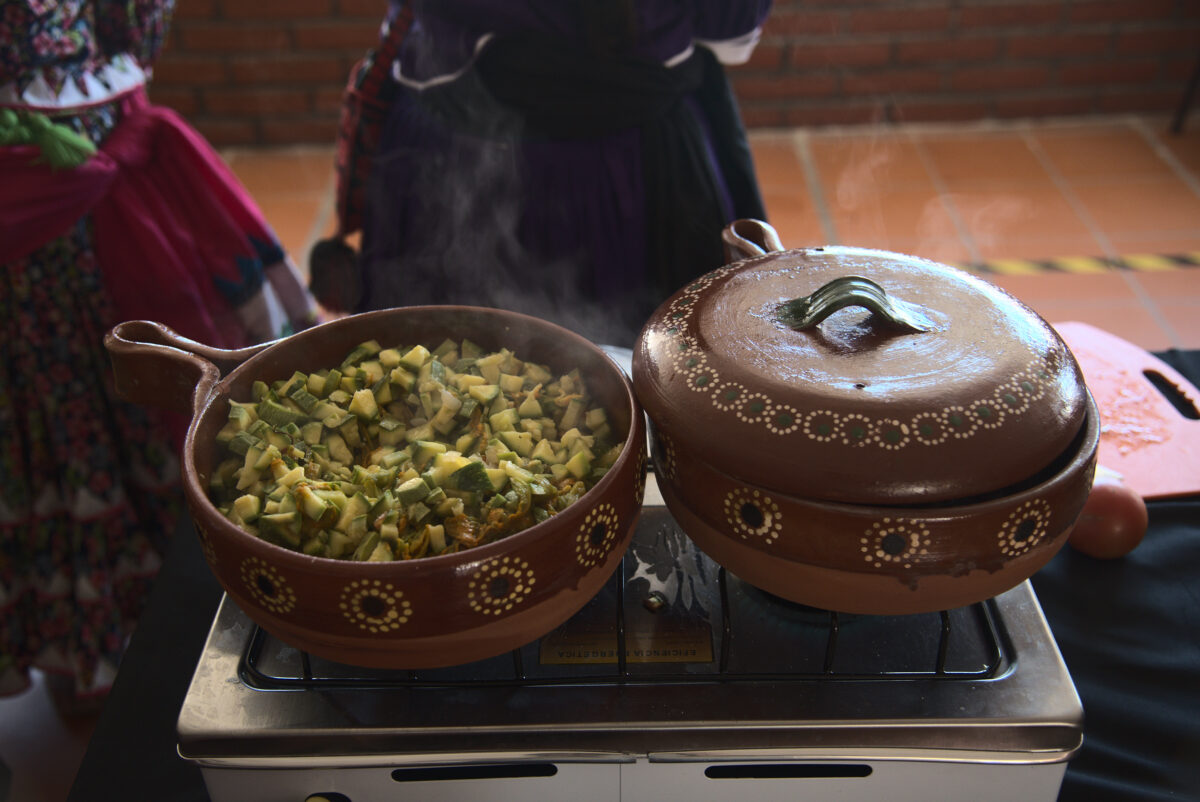
Even though the squash is already quite mature, Lucía will wait until it undergoes a freeze before she harvests and begins to make bichicores with it, “because that’s what my grandparents taught me,” she said.
Lucía was invited to participate in the Second Traditional Raramuri Gastronomy Gathering in Creel, Chihuahua, which took place on September 24, together with 18 other women cooks and one male cook, all of them Rarámuri from communities including San Ignacio de Arareko, Huitosachi, Machogueachi, Basihuare, Gumísachi, Gonogochi, Cusárare, Gasisuchi, Tabachi and Mogótavo.
Among the dishes that were prepared were choweri (toasted beans ground by hand), pachí remé (tortillas made from corn on the cob), pachí ramali (tamales made from corn on the cob), gorditas made from beans and anaheim chiles, me sewara (agave flowers) and squash flowers, yorike (ground corn with cactus pads), tamales made from beans, green beans, and various kinds of kobísi (pinole).
After making the food and sharing their experiences on Saturday morning, the cooks took the dishes they’d prepared to Creel’s main square, where they offered a tasting for invited Rarámuri communities, school groups, visitors and tourists.
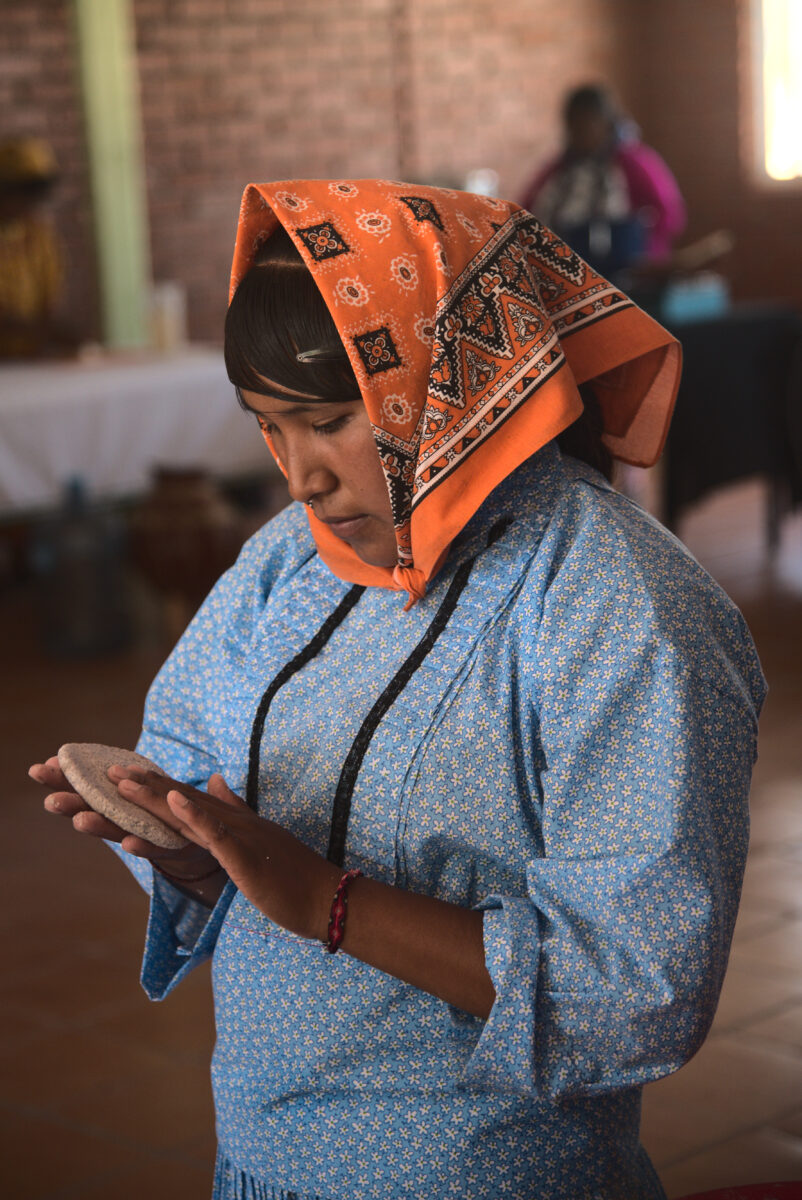
Most of the ingredients came from the gardens of the cooks themselves. In their lots, in addition to corn, beans and squash, they grow quelites (edible plants, some of which grow wild), and other plants that have sustained their gastronomical culture over decades.
“There are plants that grow naturally, like the quelites, which in some places are considered weeds. But here, we use them when they are ready to eat,” said Alejandro Nevárez, an agronomist and a field specialist with the Mexican Agrodiversity project, which is part of the National Commission for the Knowledge and Use of Biodiversity (CONABIO). CONABIO organized the gathering in Creel.
“That’s part of the culture,” said Alejandro. “You have to take advantage of what is there in the moment. And the Rarámuri families know in what moment to harvest and consume something, and just how to prepare it, and that’s something that’s taught to the youth.”
Alejandro is from Gonogochi, he’s also Rarámuri. He knows about the plants and food that are harvested here because his family has been using them for generations.
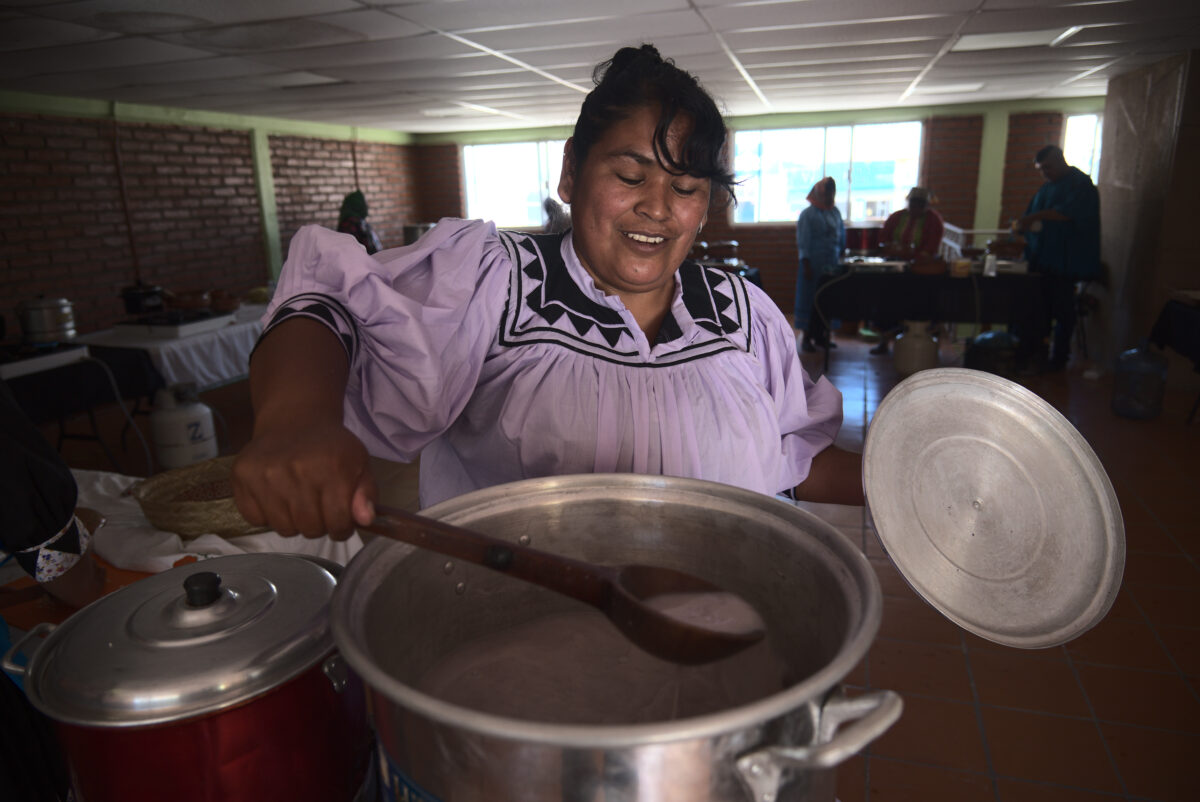
The way plants are harvested in the Tarahumara mountains, says Alejandro, is just the same as in central México. The milpa (corn, beans and squash grown in combination) is known in Rarámuri as wasarachi or mawechi, depending on the region, which means “the place where the plow is.”
“There are all different plants in the same parcel, it could be corn, bean, squash and the quelites in there too. There’s other plants around the parcels that are also used, like medicinal plants. Others, like tigrillo, are used to ferment tesgüino (artisanal corn beer) and also grow there. That’s how we use everything, we respect all the plants because at some point they all serve as food,” said Alejandro.
Like many Rarámuri people, Alejandro left his community to study for his Bachelor’s degree. He graduated as an agronomist and went back to his territory to find that the agro-industrial techniques he learned about at university weren’t that relevant to the context in the Tarahumara mountains, for economic and cultural reasons.
In his work as a field technician, Alejandro gives workshops as requested by the people who run the Mexican Agrobiodiversity project, including pest control, seed management, soil improvement and others, but always in a way that is adapted to the Raramuri farming context, in each region of the Tarahumara mountains.
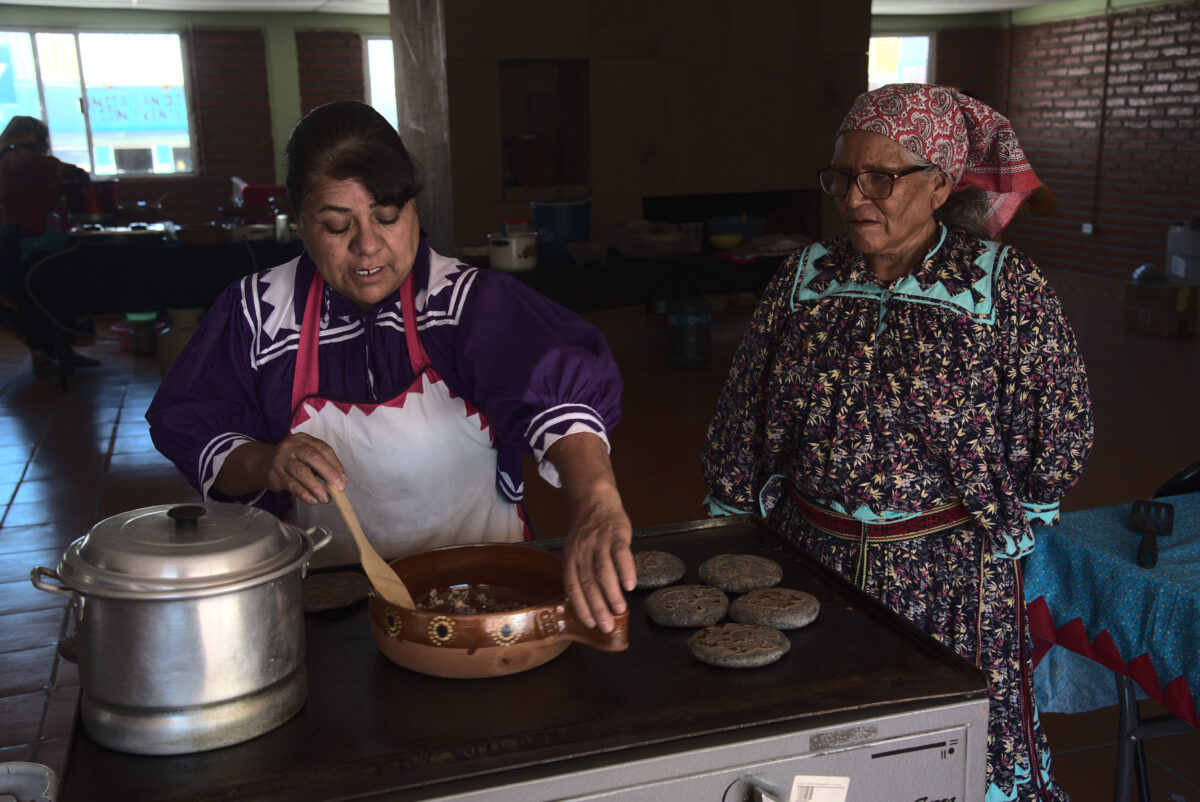
Alejandro thinks a lot of Rarámuri culture is lost when people leave their communities as he did, though he’s had the chance to return to his family, their harvests, and their food.
“There’s so many dishes, I don’t know them all… But it’s important to reclaim that knowledge,” he said. “I’ve been working on conserving it because my family is here, my mother is here right now preparing food, she’s making the same dishes she’s known since she was a girl.
María de la Luz Durán, Alejandro’s mother, arrived early to the hall where the first part of the gathering took place. She molded the blue corn gorditas into shape and filled them with beans and anaheim chile, and put them on the griddle to take down to Creel’s central square with her compañeras later on.
In Chihuahua, the Mexican Agrobiodiversity project operates in the municipalities of Bocoyna and Guachochi, supporting Rarámuris who are small farmers so that they can continue to save and share seeds, cultivating and promoting the food autonomy that sustains them.
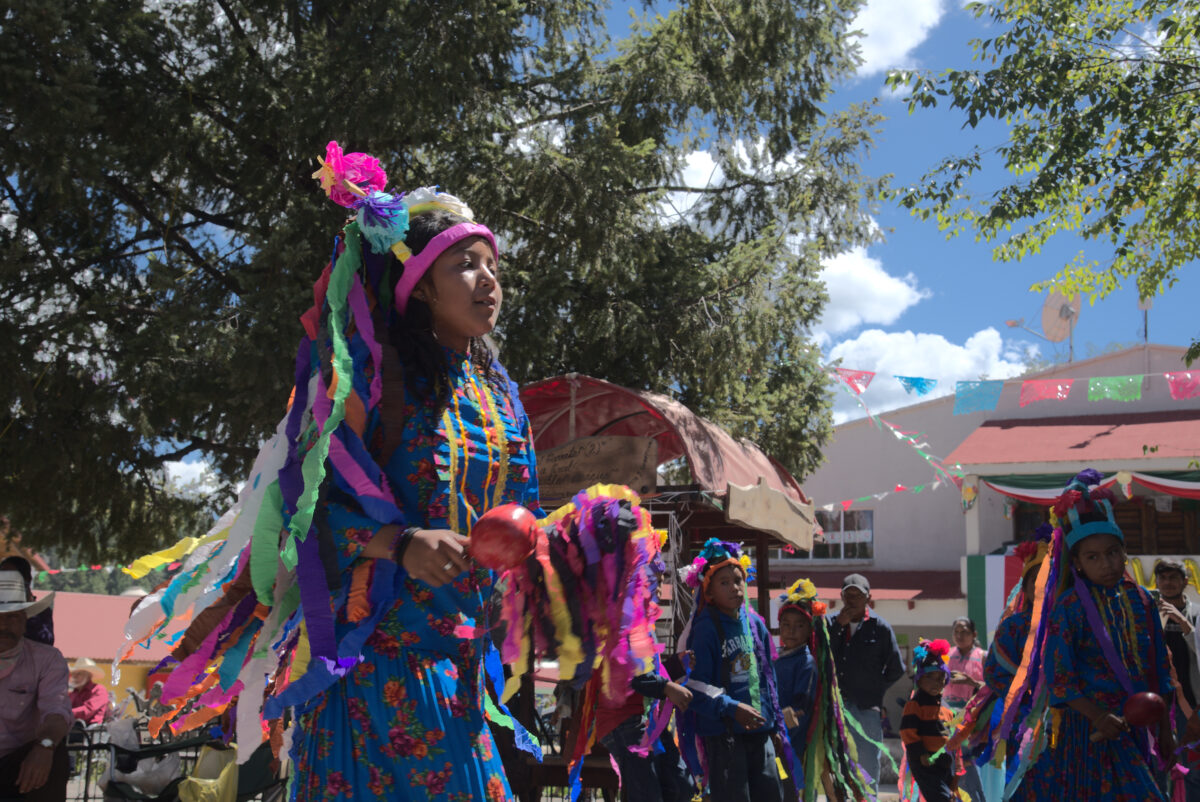
This article was made possible thanks to funding from the Global Environment Fund, which is administered by the Food and Agriculture Organization of the United Nations.
This article was written by RAICHALI, a member of the media alliance of the Red de Periodistas de a Pie. You can read the original here.
Ayúdanos a sostener un periodismo ético y responsable, que sirva para construir mejores sociedades. Patrocina una historia y forma parte de nuestra comunidad.
Dona

